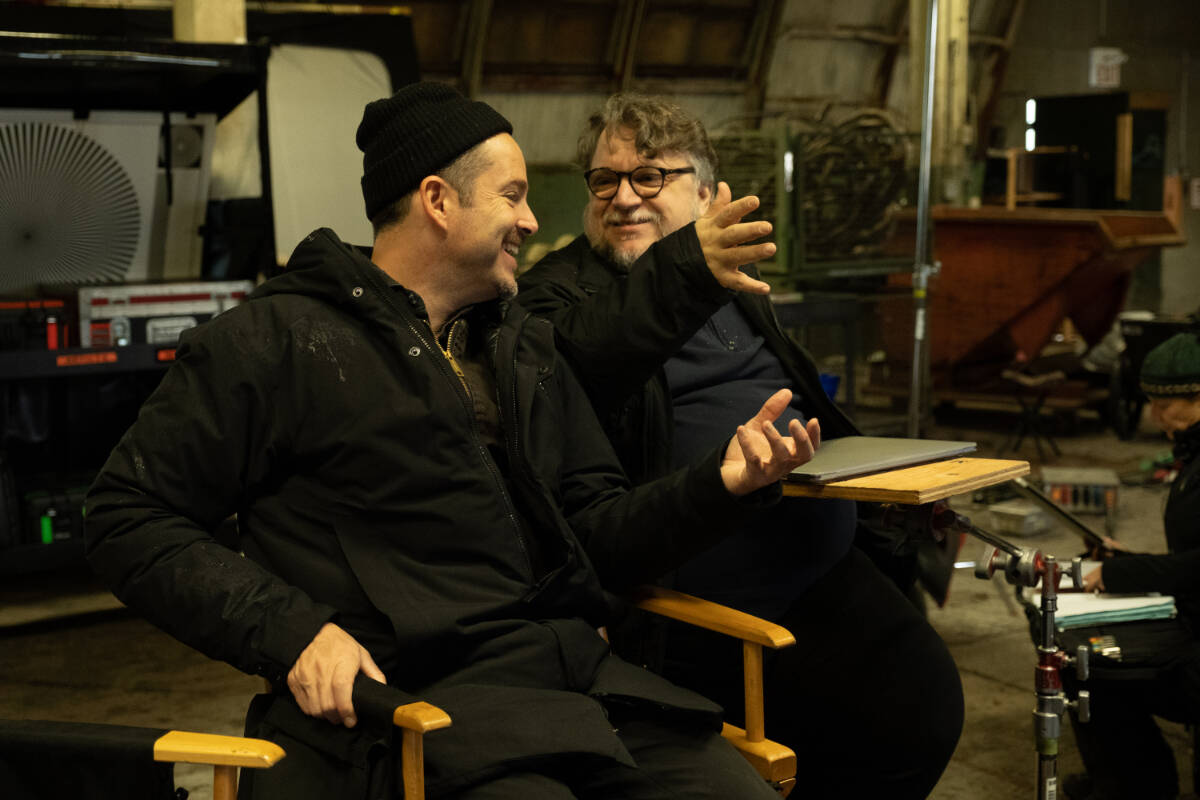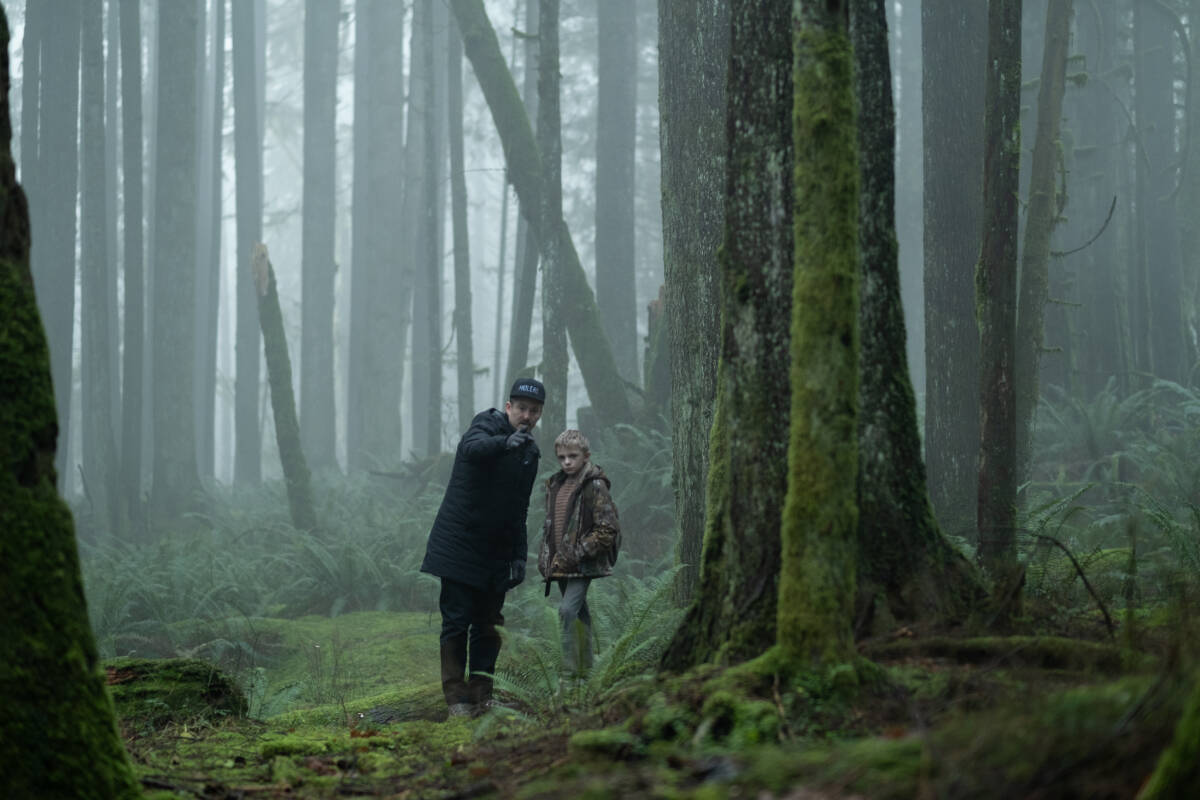The overall storytelling effect of Antlers, shot in Hope three years ago, is one of “low-lit filmmaking darkness.”
That’s from reviewer Brian Tallerico, on RogerEbert.com, describing the horror film’s visual appeal.
In 2018, Hope stood in for “perhaps the gloomiest town on Earth,” Cispus Falls, Ore.
But the overall effect of that filming for Hope, and other B.C. cities it was shot in, was anything but gloomy, according to a release from the Motion Picture Association – Canada.
Economic benefits from filming can be huge for small towns that offer up their parks, streets, businesses, homes. When a film production rolls into town, they are searching for accommodations, catering, and transportation. They hire local people for background work, and visiting workers spend their free time exploring the community.
There are permits to be applied for and paid, and those can provide an economic punch that echoes long after the production trucks roll away.
Over just four days of filming, Antlers featured several local businesses on screen, too. While it takes longer for horror films to gain a fan following than more mainstream genres, fans often flock to places they can associate with their favourite films. Indeed, everyone in Hope is familiar with the staying power some films have on towns. Rambo will be 40 years old next year, and plans are already underway for another celebration of that film. It will likely include filming site tours, screenings of Rambo, special guests and more.
Will Antlers get that local notoriety, too? It’s hard to know yet. The film was released just days before Halloween, after more than a year delay due to the pandemic’s effect on the film industry.
It will show at the recently reopened Hope Cinema from Nov. 12 to Nov. 18, with nine showings.
Sarah Brown, operations manager at the Hope, Cascades & Canyon Visitor Centre underlines the impact the filming has already had on Hope.
“Antlers filmed in town over four days, supporting the local economy through lodging and meals for approximately 160 cast and crew. In addition, the production paid over $10,000 in permit, parking and administration fees directly to the District of Hope,” Brown said.
“As film tourism continues to be a growing market, recognizable shoot locations like Baker’s Books and Kan Yon Restaurant also have the potential to benefit from new visitors, or be featured in film site tours in the future.”
Antlers filmed for 41 days in total, created jobs for more than 1,145 cast, crew and extras, and spent more than $11.4 million on B.C. labour. That was the bulk of their $16.7 million spent in the province, for what is considered a modest budget in terms of filming.
MPA – Canada said that nearly 500 community businesses across the province benefited from production-related purchases with over $5.3 million spent on a wide range of goods and services, including $1.27 million on props, set dressing, lighting and grip rentals, $495,000 on transportation rentals, $485,000 on hotel accommodations and $313,000 on catering and craft services.
In addition to Hope, additional shots were filmed in Squamish, Brackendale, Minaty Bay, Port Moody, Langley, Golden Ears Park and Riverview. The film was co-produced by horror maestro Guillermo Del Toro, David S. Goyer and Canada’s very own J. Miles Dale.
“B.C.’s production expertise and capacity is increasing across the entire province,” said Prem Gill, CEO of Creative BC. “It’s because of communities like Hope welcoming production that we continue to see strong and positive trends that extend the economic impacts of production far beyond Greater Vancouver.”
Producer J. Miles Dale said B.C. was the perfect, unique place to shoot this particular film.
“Shooting through the fall season – against a backdrop of mountains, water and forest – the natural environment almost took on a role of its own,” he said.
READ MORE: In 2nd weekend, ‘Dune’ bests ‘Last Night in Soho,’ ‘Antlers’
READ MORE: Hope’s most recent horror film “Antlers” premiere pushed to October 2021
@CHWKcommunity
jessica.peters@hopestandard.com
Like us on Facebook and follow us on Twitter.
Want to support local journalism during the pandemic? Make a donation here.


